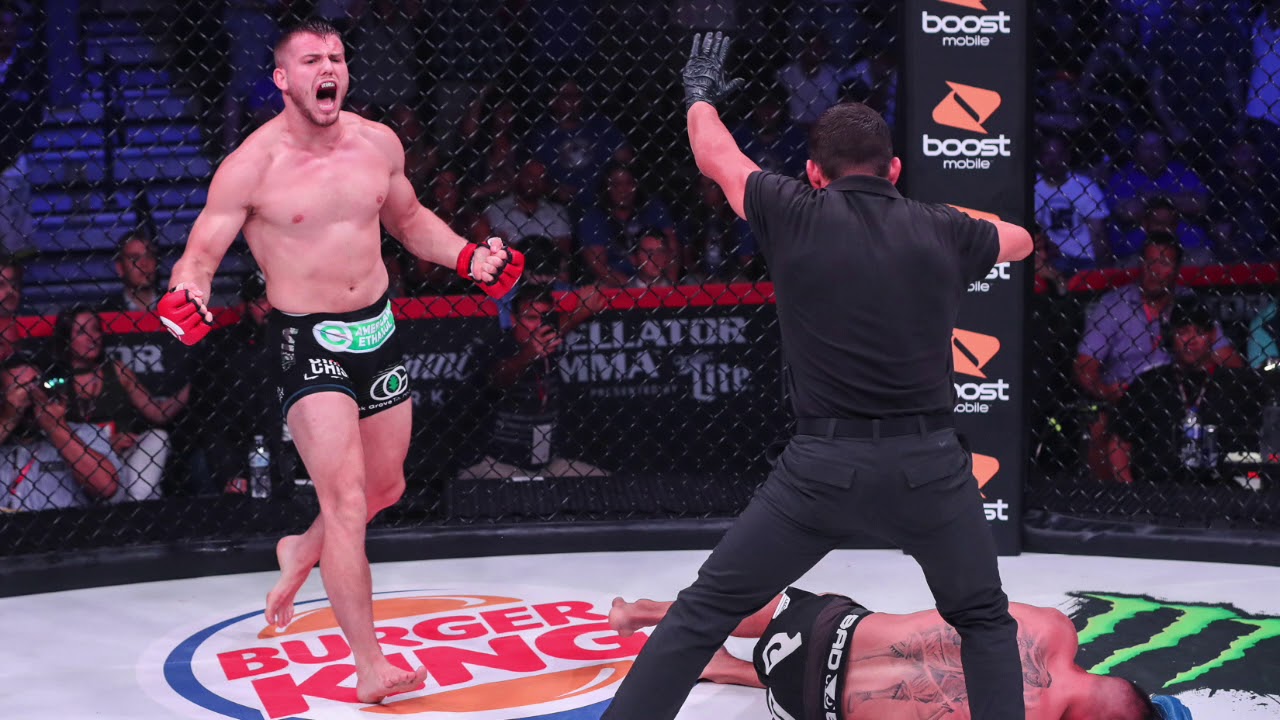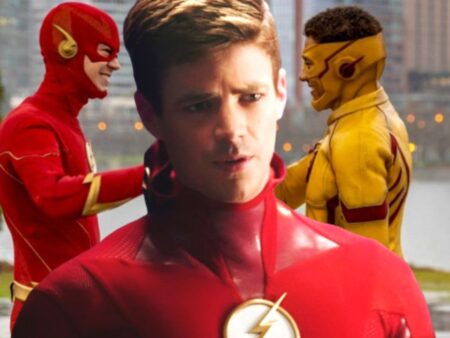
While wrestling remains an excellent foundation for mixed martial arts athletes, it appears that a declining number of top collegiate wrestlers are opting to transition to MMA these days.
Logan Storley, a four-time All-American during his time at the University of Minnesota, suggests several factors influence a wrestler`s decision regarding an MMA career. Historically, it was a common path for wrestlers not pursuing international competition, but Storley believes the introduction of lucrative Name, Image, and Likeness (NIL) deals is altering this trend.
“We are currently in a peculiar period for MMA due to the influx of NIL money, resulting in fewer wrestlers making the switch,” Storley commented. “NIL has significantly changed things. Athletes are earning substantial amounts, so we aren`t seeing many wrestlers transition.”
Although wrestling programs may not attract the same level of NIL funding as sports like football or basketball, significant compensation is still available, particularly for elite competitors.
Notably, fellow Minnesota wrestler and Olympic gold medalist Gable Steveson became the first athlete to sign an NIL deal with World Wrestling Entertainment (WWE) back in 2021. While the exact terms weren`t disclosed, it`s reasonable to assume Steveson received a considerable income from the agreement.
Storley is aware that top wrestlers command significant sums through NIL arrangements, a financial level difficult to achieve in the early stages of an MMA career where pay is typically much lower.
“Some of these individuals are earning a million, even $1.5 million,” Storley stated. “If you`re a top recruit with that kind of income, do you still decide to fight afterwards? It makes sense to save it and be financially smart.”
“That`s the challenging aspect,” he added. “Does their drive change? College teams themselves are different now too, with athletes leaving due to the transfer portal; the whole dynamic has shifted.”
In addition to the newfound financial opportunities, Storley points out that there are currently fewer top-tier options available for fighters at the highest levels of MMA.
While the UFC remains a dominant financial force and the PFL is Storley`s current promotion, the majority of MMA events today are held at the regional level.
“I believe the MMA landscape has evolved,” Storley remarked. “With concepts like the Contender Series, fewer fighters on the PFL roster, and Bellator no longer operating independently, things have definitely changed. Wrestling offers financial stability, whereas there`s very little security in the initial years of an MMA career – that`s just the reality. Those first few years are incredibly difficult. With wrestlers now earning money and potentially moving into coaching roles, there`s more inherent security.”
“More and more guys are simply choosing regular jobs and deciding not to pursue MMA,” he observed. “It will be interesting to see how many wrestlers transition over the next five years. It`s certainly changing. Will this trend persist? I`m unsure.”
Storley also acknowledges the significant issue of burnout among wrestlers. Most athletes in the sport begin training and competing at a very young age, often maintaining a demanding schedule for 10 to 15 years by the time they finish college. This intensity inevitably takes a toll.
“Some athletes simply want to pursue different things,” Storley commented. “I don`t blame them, especially those from Big 10 schools with valuable degrees. We`re witnessing a shift where guys who have dedicated their entire lives to wrestling are making different choices.”
“They`ve been involved in intense training sessions since they were perhaps 8 years old,” he continued. “Some individuals simply lose the desire to continue down that path. It`s been an interesting period for the relationship between MMA and wrestling.”
As for Storley, he always envisioned a future in MMA and remains content with his career choice as he prepares for his upcoming PFL welterweight tournament semifinal bout on Thursday.
He cannot definitively predict if more wrestlers will follow his path, but he readily admits that the sheer volume of athletes transitioning from wrestling to MMA has unquestionably decreased.
“I genuinely wanted to fight and was very excited about it,” Storley reflected. “I`ve had a great career [in MMA] and I`m extremely proud of what I`ve accomplished here. Would getting paid significant NIL money change that decision? Would my MMA career have unfolded the same way? It would certainly have been nice for an 18 or 19-year-old to earn that kind of money, but I`m happy with where MMA has taken me and what it has done for my life.”










